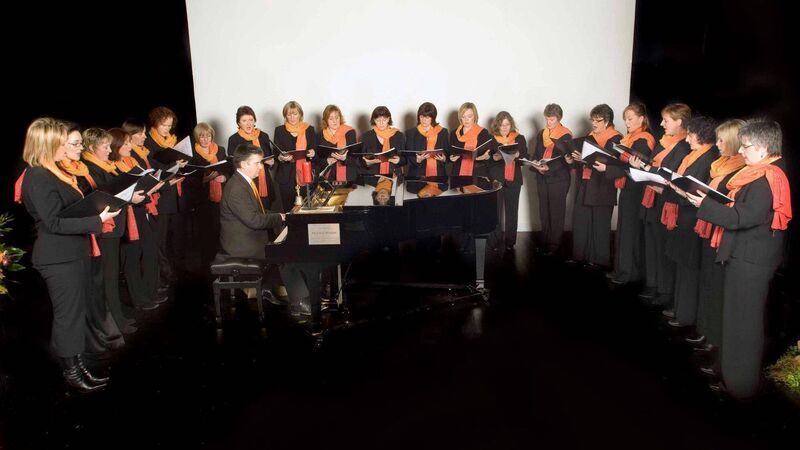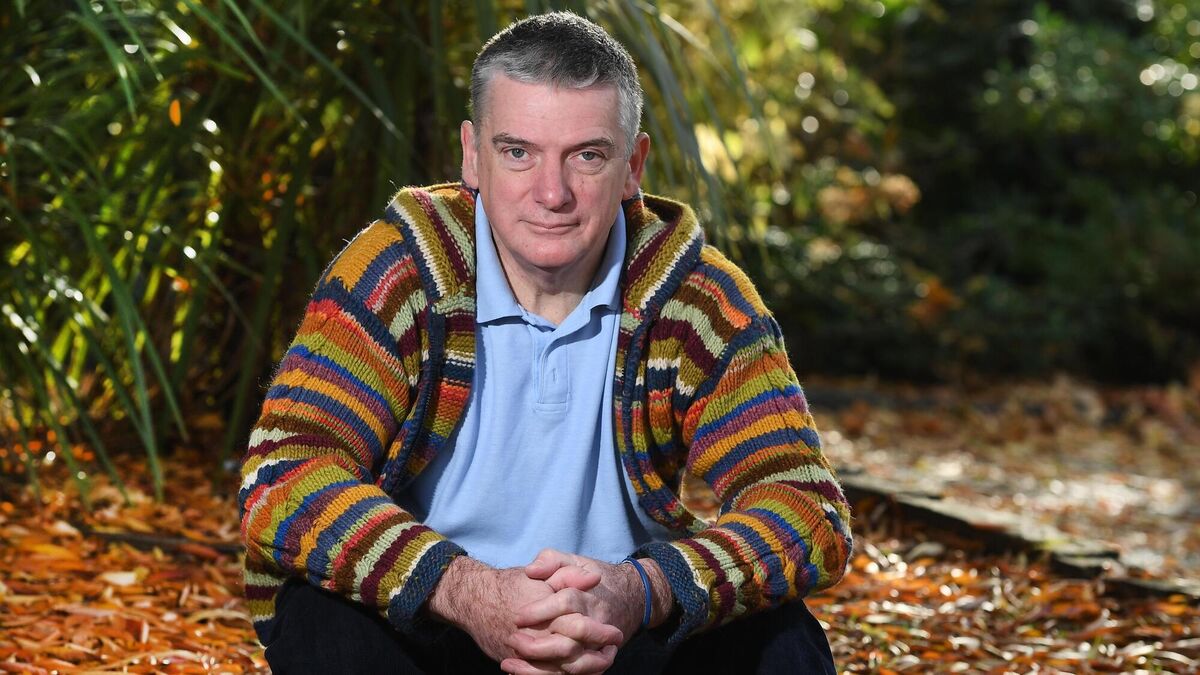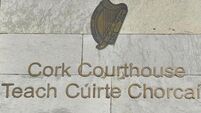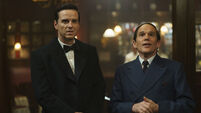Caoineadh Airt Uí Laoghaire: Cork choir's performance marks anniversary of infamous murder

Cór Ban Chúil Aodha will perform Caoineadh Airt Uí Laoghaire.
The 15 years Peadar Ó Riada spent composing the music for Caoineadh Airt Uí Laoghaire represents a marathon undertaking, yet the mere blink of an eye compared to the longevity of Eibhlín Dubh Ní Chonaill’s lament for her dead husband.
The caoineadh, whose performance in May marks the 250th anniversary of Art Ó Laoghaire’s murder, has never ceased to stir emotions since his widow Eibhlín Dubh began composing its verses on the night of his death in 1773.
Initially passed in various versions through the Irish oral tradition, the poem, in alliterative ‘rosc’ verse form, has over the course of two and a half centuries been recited, sung, dramatised, filmed, and translated. It has inspired the likes of Frank O’Connor, Eilís Dillon, John Montague, Thomas Kinsella, Hunter S Thompson, Dermot Bolger, and most recently, Doireann Ní Ghríofa’s A Ghost in the Throat.
Ó Riada’s caoineadh has itself been distilled and enriched since he began it on founding the women’s choir Cór Ban Chúil Aodha in 1985 as what he describes as a counterbalance to the men’s Cór Chúil Aodha and “to give voice to the female energy”.
Shortly after the choir’s foundation, Cór Ban Chúil Aodha performed the first part of the lament at London’s Queen Elizabeth Hall, the complete caoineadh being premiered and recorded on CD two decades ago and since touring far and wide, reaching Áras an Uachtaráin last year.
The caoineadh, at 48 unbroken minutes’ duration, is “a very serious piece of work”, says Ó Riada. “It’s not just an arrangement – it took 15 years to compose and it’s a new structure - there was no structure for that kind of metred poetry. It hasn’t been done before.”
The choir’s performance in Baile Mhúirne on May 4 not only marks the exact anniversary of Ó Laoghaire’s death but brings the caoineadh back to the Mid-Cork area in which it was composed and where its subject lived and died.
Born in 1746 and living at Raleigh House, west of Macroom, Ó Laoghaire was the son of gentleman Catholic farmer Cornelius Ó Laoghaire, who purchased Art, aged 15, a commission to the army of Austro-Hungarian empress Maria Theresa, mother of Marie Antoinette.

As a captain in the Hungarian Hussars, Ó Laoghaire “would have cut a very dashing figure” and was rumoured to be a particular favourite of the empress, from whom he received a great bronze eagle which was transported to Raleigh House.
He also arrived back in Cork with a fine horse which was to prove the catalyst for his death, when he refused to sell it to local high sheriff Abraham Morris for £5, the maximum value of a steed allowed to Catholics under penal laws.
Though they had been relaxed elsewhere, Morris used the laws to his advantage against his nemesis Ó Laoghaire, of whom he was jealous, according to Ó Riada. Ó Laoghaire was outlawed, allowing him to be legally shot on sight, and in an altercation at Carriganima, accounts of which differ, he was shot on Morris’s orders.
When his bloodied horse made its way back to Raleigh, Eibhlín Dubh realised the fate of her husband and, as told in her lament, leapt onto the horse and raced back to where Ó Laoghaire lay.
Aunt of ‘The Liberator’ Daniel O’Connell, Eibhlín was a “tough cookie – a doughty, very strong-willed woman” who had previously been married off aged 15 to a titled man in his 70s who died six months later. When Ó Laoghaire was killed, aged 26, she was pregnant with twins, neither of whom survived.
That she composed a caoineadh was not unusual, says Ó Riada. “What was unusual was that she was so good at it.” The lament, described by Oxford University professor of poetry Peter Levi as “the greatest poem written in these islands in the whole 18th century”, lauds Ó Laoghaire’s exploits and threatens vengeance on his enemies, imploring him to return to life, its emotional drama heightened by Ó Riada’s polyphonic mix of European classical and Irish traditional styles.
The loss mourned by Eibhlín Dubh – according to Ó Riada one of the two “greatest poets” associated with Cork’s Múscraí area, alongside Cath Chéim an Fhia composer Máire Bhuí Ní Laoghaire - finds special resonance in Cór Ban Chúil Aodha’s singing.
Several choir members having lost close family members before their time. “There is an awful lot of loss in this group”, he says. “They recognise the emotion in Eibhlín Dubh’s lament for her young husband. They know tragedy.”
- Caoineadh Airt Uí Laoghaire, Ionad Cultúrtha, Baile Mhúirne, May 4. Tickets: eolas@ionadculturtha.ie






